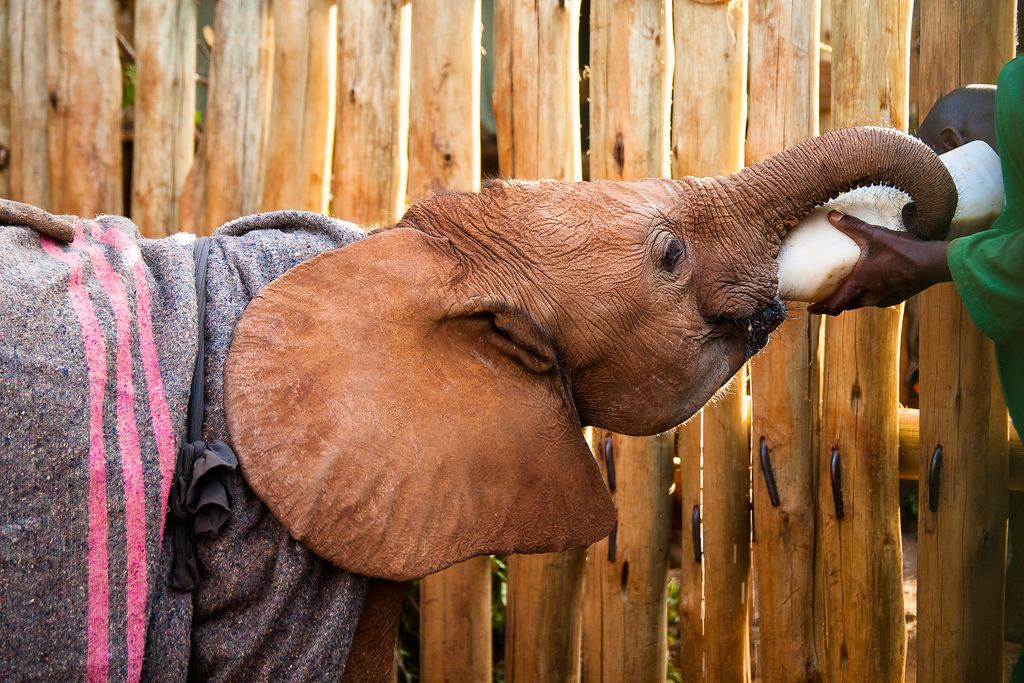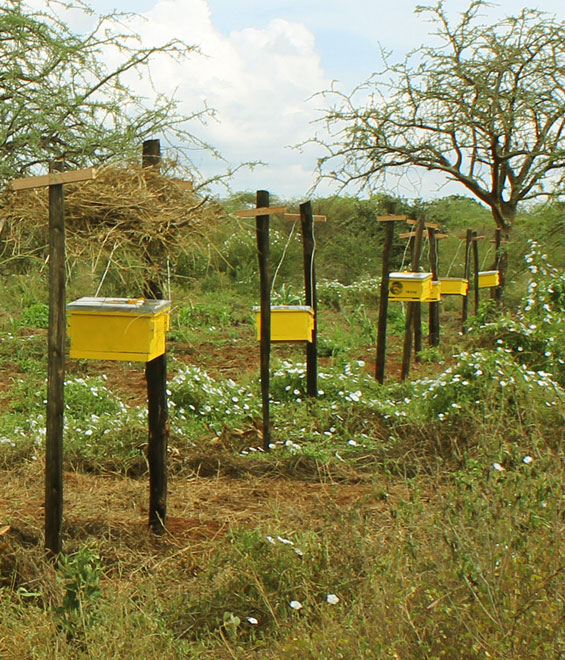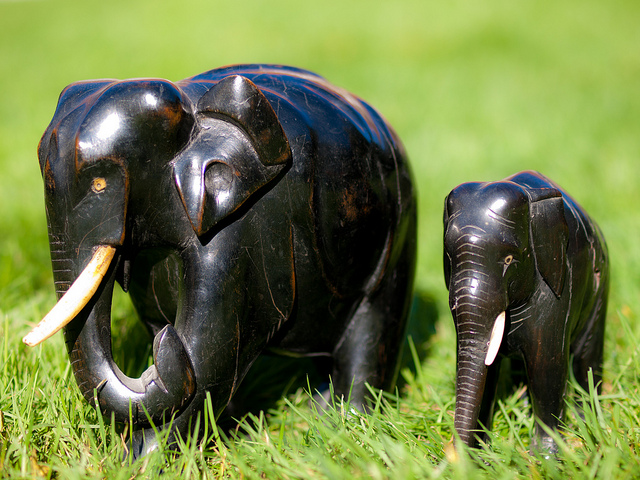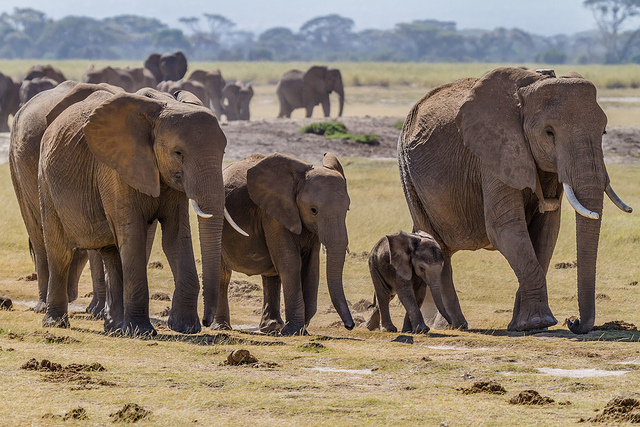By Tracy Brighten
Big game hunters have a perspective on wildlife slaughter that is difficult for the uninitiated to comprehend.
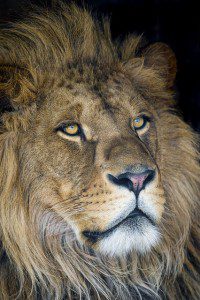 “Of course, it is a personal achievement to harvest any big-game animal with a bow and arrow,” said Glen Hisley of the Pope and Young bow hunting organisation in The Telegraph. “It is a way of honouring that animal for all time.”
“Of course, it is a personal achievement to harvest any big-game animal with a bow and arrow,” said Glen Hisley of the Pope and Young bow hunting organisation in The Telegraph. “It is a way of honouring that animal for all time.”
This is an interesting perspective and one reserved for the animal kingdom. After all, the desire to honour a person by murdering them, posing beside the body, and keeping the head as a trophy would surely be considered psychopathic. And deriving pleasure just makes matters worse.
If it’s the chase and the thrill of danger that drove Palmer, then killing might have been replaced by capturing living images of “the magnificent, mature lion,” described by his accomplice. But there isn’t the same sense of mastery that must come with a deadly weapon. Continue reading →
